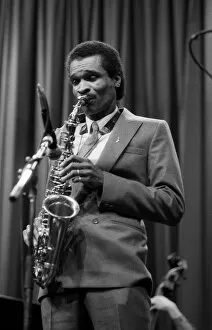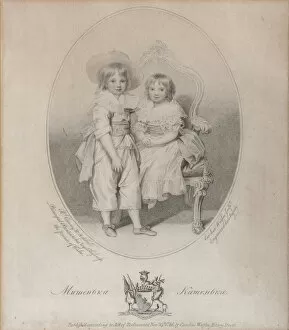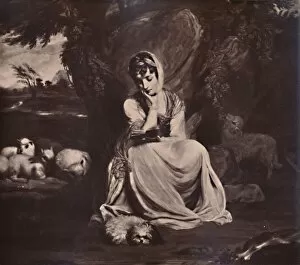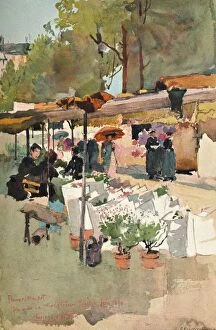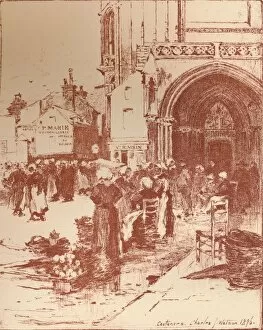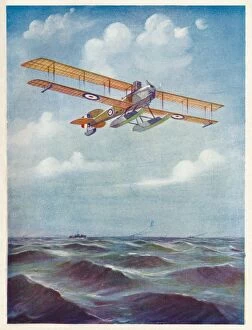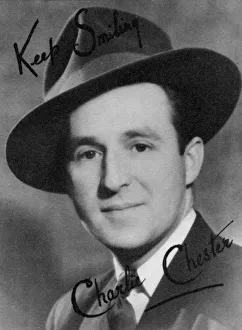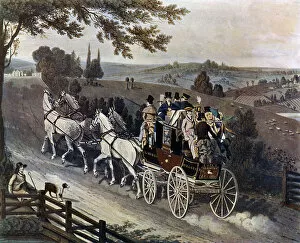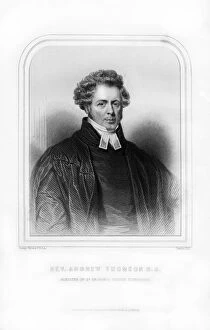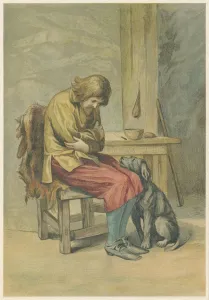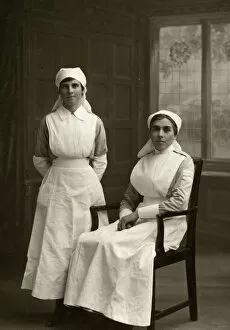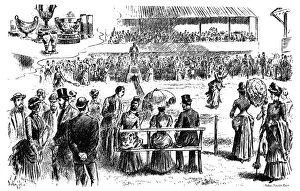Watson Collection (page 6)
"Unveiling the Secrets: Watson's Journey through Time and Fields" From unraveling the double helix to solving perplexing mysteries
All Professionally Made to Order for Quick Shipping
"Unveiling the Secrets: Watson's Journey through Time and Fields" From unraveling the double helix to solving perplexing mysteries, it has left an indelible mark in various realms. In 1953, James Watson and Francis Crick astounded the world with their groundbreaking DNA model, paving the way for modern genetics. Just like Sherlock Holmes relied on his trusted companion Dr. John Watson during their thrilling escapades, we find them nestled in a first-class carriage, ready to embark on another enigmatic case. The train becomes a symbol of their unwavering partnership as they navigate through treacherous puzzles together. Sidney Paget's iconic illustration from "The Adventure of Silver Blaze" captures Holmes and Watson at the height of their detective prowess. With keen observation skills and deductive reasoning, they become synonymous with unrivaled intelligence. Beyond crime-solving duos, even football teams bear witness to the name "Watson. " From Blackpool FC in 1936 to Celtic Football Club in 1905-1906, these athletes embody resilience and teamwork – qualities that parallel those displayed by our beloved detectives. As we delve into Arthur Conan Doyle's tales further, we witness Dr. John Watson observing Sherlock Holmes diligently working over intricate cases. Their synergy is palpable; it is this dynamic that propels them towards triumph against all odds. However, not limited to fictional characters or historical figures alone does this name prevail – Ella Watson emerges as a US Government Chairwoman in Gordon Parks' photograph "American Gothic. " Her determination echoes throughout time as she breaks barriers and shatters stereotypes. Shane Watson takes up the mantle as an Australian cricketer who exemplifies dedication and skill on the pitch. His achievements remind us that success can be attained through perseverance and hard work. In "The Adventure of Norwood Builder, " Sherlock Holmes once again showcases his unparalleled intellect alongside his loyal companion Dr. John Watson.

